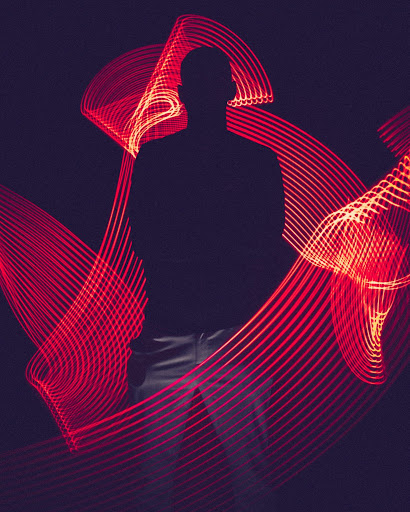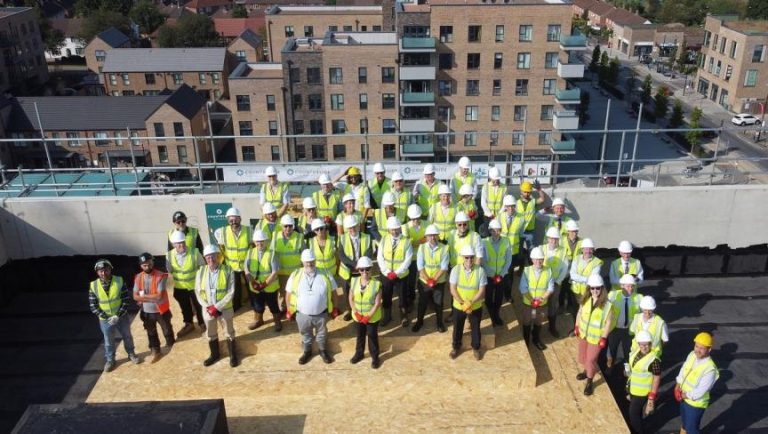Europe is home to some of the most impressive sports stadiums in the world, with top level football and rugby in particular being played in some iconic venues across the continent. None stands out more though than the Camp Nou, home to FC Barcelona. With a staggering capacity of 99,000 the Camp Nou is the largest football stadium in Europe and has been Barca’s home since 1957. The club has become one of the giants of World football in this time, with some of the game’s greatest ever players gracing the Camp Nou’s turf including Lionel Messi, Xavi, Ronaldinho and Johan Cruyff. The steep, three-tier design make it visually stunning, as well as being highly intimidating for opponents with fans seemingly right on top of the pitch. When the stadium opened in 1957, it had a capacity of 93,053, before extensions to the ground in 1982 increased it to 115,000 which included standing sections in the lower tiers. In 1994 the standing areas were converted into seats and the pitch was lowered, bringing it to its present-day capacity. The iconic club motto mes que un club (more than a club) is spelled out in enormous yellow letters across the east stand, and is one of the most iconic stadium features in the world. The Camp Nou has been home for 20 of Barcelona’s 26 La Liga title wins, and the current squad will be pushing hard to add to that tally this season. Ronald Koeman’s squad are second favourites to win La Liga, at 8.5/4.0 odds for those that bet on football to stake a wager on. But What About Wembley? The list of impressive sports stadiums in Europe is a long one, but some of these arenas certainly do stand out due to their history and iconic meaning in their respective sports. Wembley Stadium is certainly one of the stadiums that fits that bill and is arguably just as iconic as the Camp Nou. Sitting in North London, with a capacity of 90,000, Wembley’s iconic arch stretches high above the skyline and visible from miles away. Home to England’s national football team, and domestic cup finals, it is a stadium for the biggest of occasions and produces one of the best atmospheres in sport. Wembley was built in 1924, and could hold up to 200,000 spectators in the 1900’s when there were still standing areas in the stadium. It was demolished in 2003 and reopened in 2007, with its impressive 133-metre-high arch and striking red seats making it a striking landmark. The stadium has since hosted the Champions League final and the European Championship final, as well as NFL games, which highlights its stature as one of the world’s premier sports venues. Let’s Visit France Another iconic European sports venue is the Stade de France in Saint Denis, Paris. The multi-purpose stadium, which holds 80,000 spectators, was built following France being awarded the 1998 FIFA World Cup, and has become synonymous with the hosts’ victory in the tournament. It has since become the national stadium for both the French rugby and football teams and hosted the 2007 Rugby World Cup final, as well as the Final of Euro 2016. The stadium’s three tiers run around the pitch uninterrupted in an impressive design that makes every seat in the house a stunning view. The athletics track around the field makes the Stade de France that much more impressive as a versatile venue, and it will play host to the track and field events at the 2024 Paris Olympics. And The Rest… Twickenham Stadium in South London is the home of England’s national rugby team and is arguably the most impressive purpose-built rugby stadium in Europe. With a capacity of 82,000 following the redevelopment in 2005, Twickenham is the largest purpose-built rugby stadium in the world and has hosted three Rugby World Cup Finals including most recently in 2015. Since the ground was built in 1907, it has transformed dramatically from a capacity of under 10,000 and has undergone multiple changes to build and extend all four stands to three tiers all the way around. The stadium towers over its surroundings in South London and provides an impressive matchday experience with stunning views and a rocking atmosphere. It also hosts the Premiership rugby final every year and has hosted multiple European Champions Cup finals. Inside the stadium there is also the World Rugby Museum, which plays homage to the history of the game and its origin in the UK. One of the most intimidating stadiums, and matchday atmospheres in world sport comes at Borussia Dortmund’s Signal Iduna Park, also known as the Westfalonstadion. Germany’s largest football stadium, it holds an impressive 81,365 people, but is reduced to a capacity of 65,829 for European fixtures, due to regulations on standing sections permitted by UEFA meaning the South Stand cannot be packed to the brim like it is for domestic games. Usually, almost 25,000 of the loudest, most passionate fans in world sport pack into the South Stand which is known as the ‘Yellow Wall’. It is the largest free-standing grandstand in Europe and produces one of the most iconic scenes in football due to the huge banners the fans hold up and their intimidating chanting that give the home side an enormous boost whilst making it extremely hostile for visiting teams. Built in 1974, the Westfalonstadion is made up of four separate grandstands and has hosted games in two FIFA World Cups including the semi-final between Germany and Italy in 2006, as well as the 2001 UEFA Cup Final. Its original capacity was 54,000 but this was increased to 68,800 in 1997 and then to its current 81,365 in the build up to the 2006 World Cup. Europe’s myriad impressive stadia are a sign of the significance of the continent in the sporting world, and how passionate sporting fans in its nations are. The iconic venues like the Camp Nou and Wembley have played host to some of the most memorable






